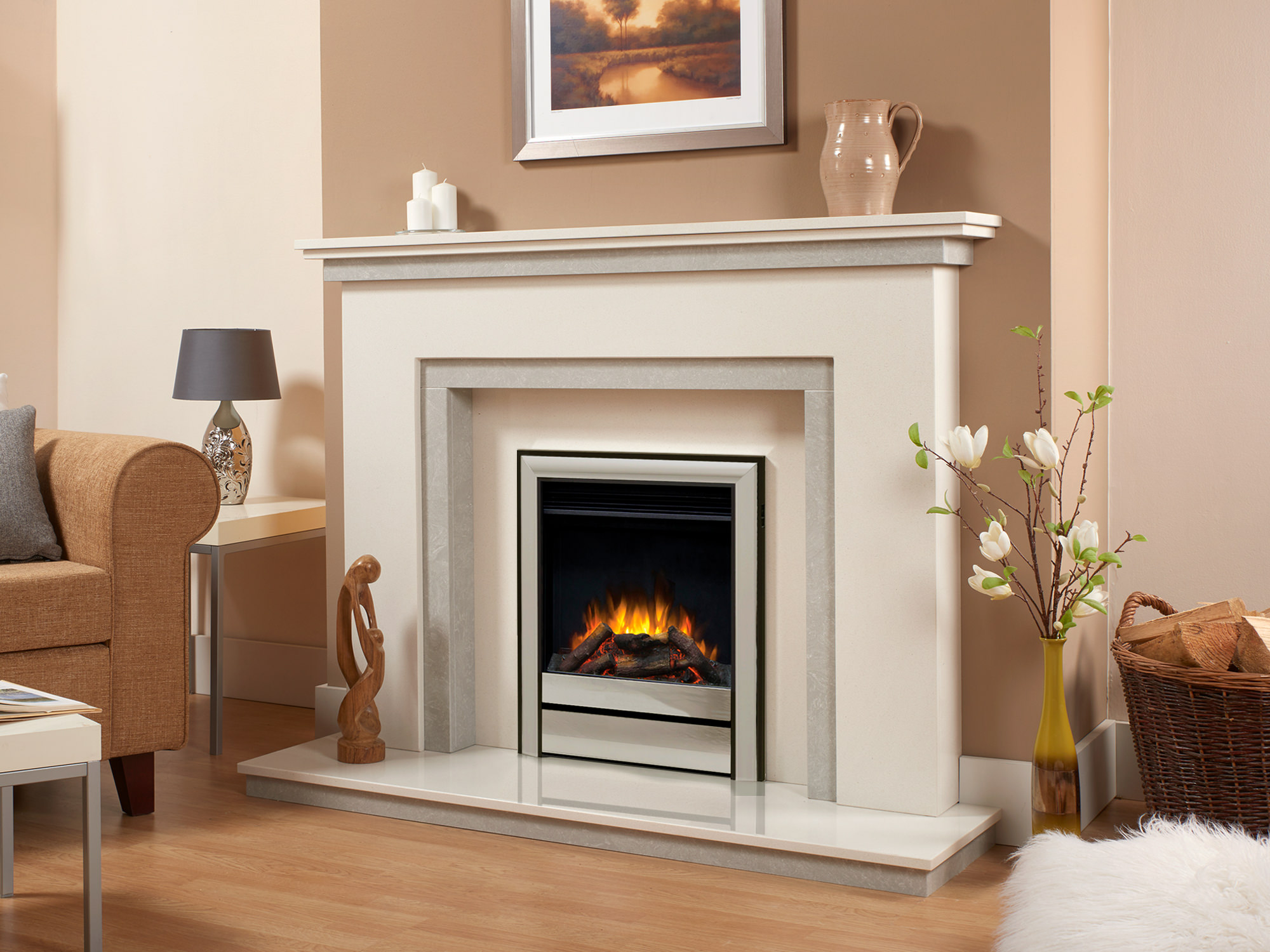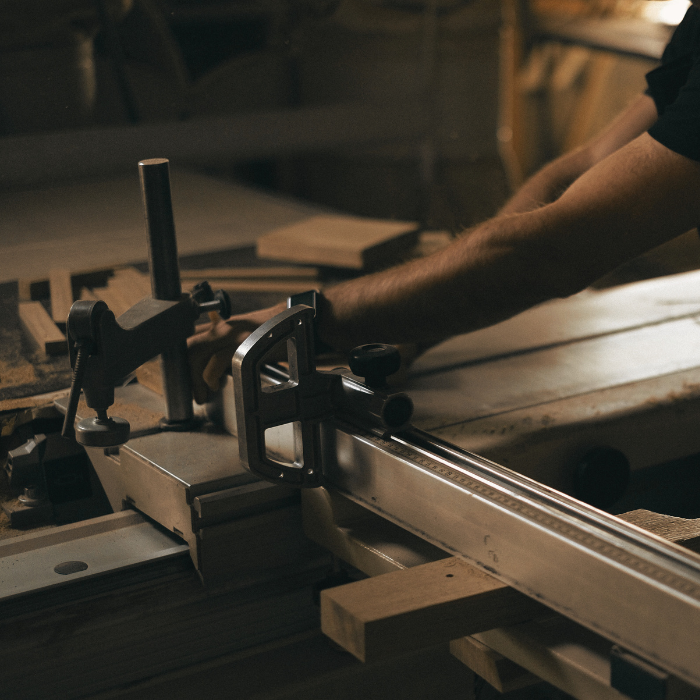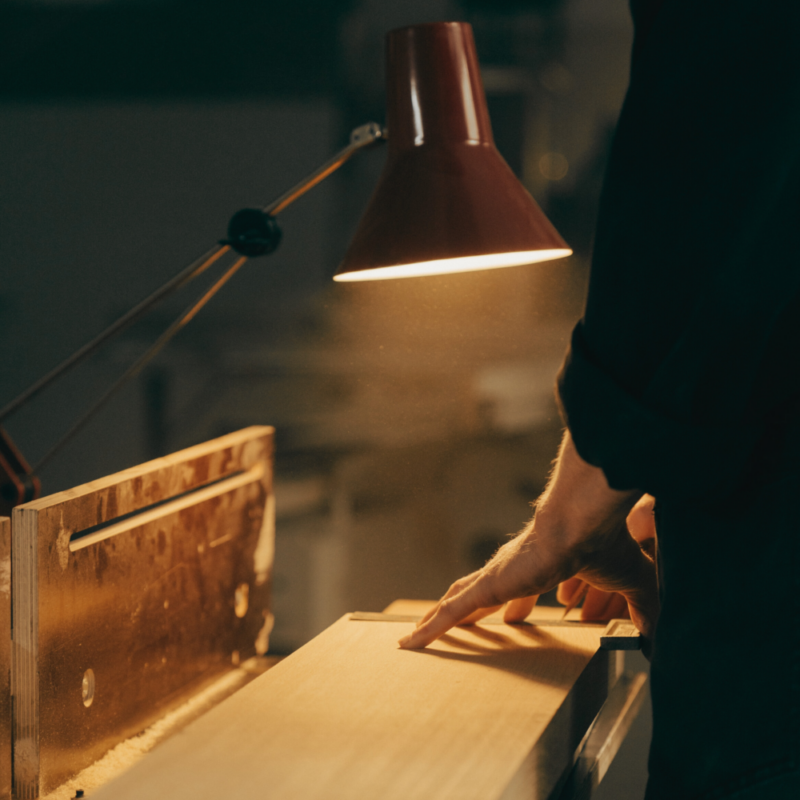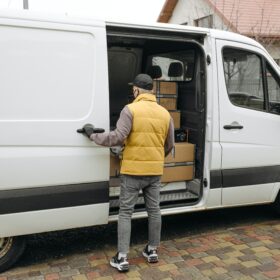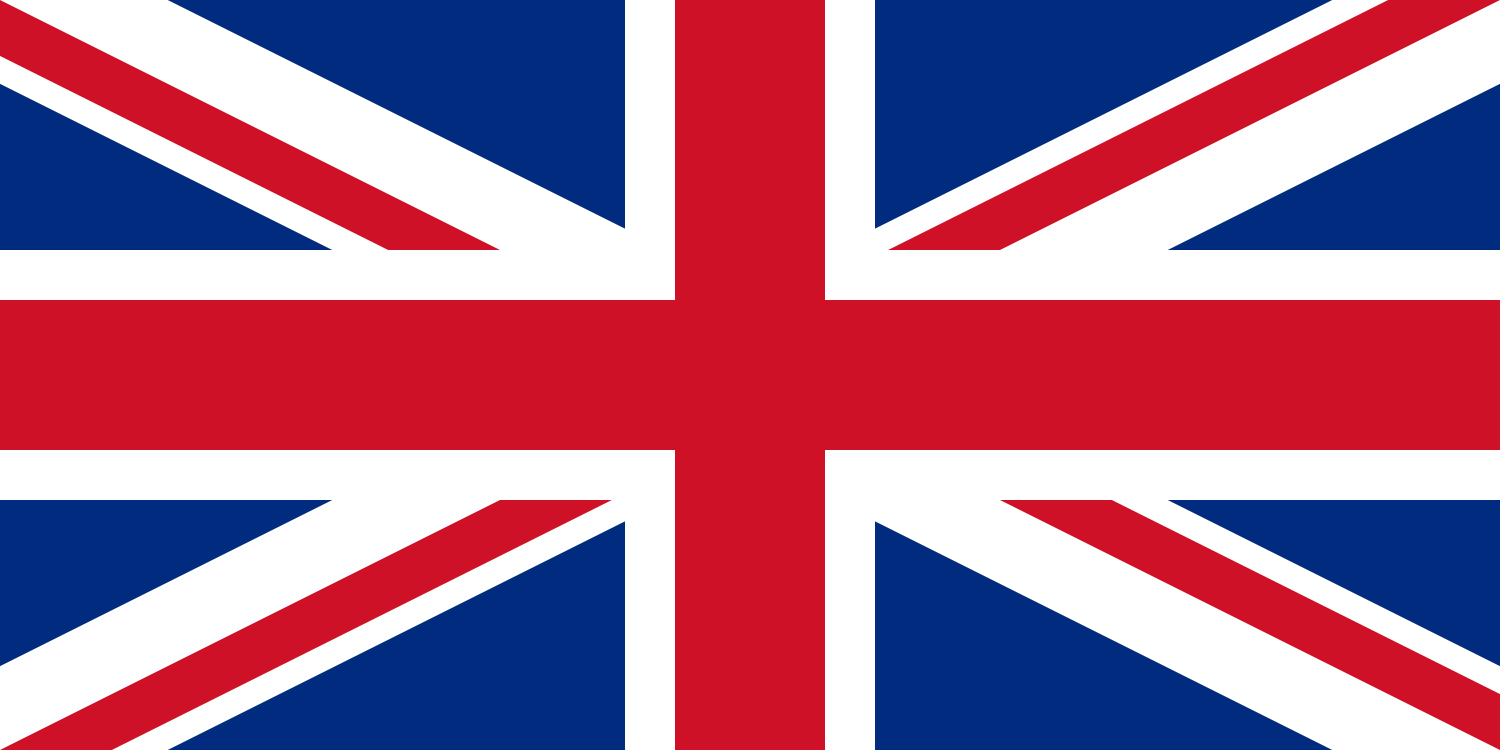Many people fall into the trap of buying a fire or stove by its physical size and dimensions. Their choice determined by the aesthetics of the fireplace or room with little consideration given to the heat output or fuel cost required to maintain the room or house at a comfortable and cosy ambient temperature no matter what the weather conditions outside. Regardless of if you are choosing a gas or electric effect fire, whether the fire is to provide the primary or secondary source of heating for the room, or home you will need to calculate the heat output needed to heat the required spaces. We recommended that you choose a fire, or stove with a slightly higher output than is strictly needed but no more than 1 kW more. This will enable you maintain the room or space at the recommended temperature of twenty-two degrees Celsius as the mercury in the thermometer drops below zero degrees Celsius outside.
As a general rule of thumb you will need 1 kW of heat for every 15 cubic meter of space to be heated. To calculate what size of fire or stove you will need, measure the width, length, and height of the room or space and multiply the three figures together to obtain the cubic area of the space to be heated. For example, if the width of the room is 4m, the length 8m and the room is 2.8m in height the cubic area or total volume of the room is:
Volume m3 = Width x Length x Height = 4m x 8m x 2.8m = 89.6 cubic meters.
Once you have calculated the cubic area of the space to be heated you then need to determine the level of insulation within the house and room. If the house is a new build, built to modern building regulations, with good insulation and only prone to minimum heat loss and is fitted with double glazing, insulated cavity walls, a minimum of 100mm of roofing insulation, good draught proofing, and floor insulation then divide the volume of the space by 25. If the house and room has average insulation, some double glazing and some insulated cavity walls etc then divide the volume by 15. If the home is poorly insulated with little or no double glazing then the volume of the space to be heated needs to be divided by 10.
|
Level of Insulation |
|
|
Good |
Volume Meter Squared/25 = kW Output |
|
Average |
Volume Meter Squared/15 = kW output |
|
Poor |
Volume Meter Squared/10 =kW Output |
You may also need to take into consideration whether there is a radiator or alternative heat source within the room, such as a radiator in which case you can deduct the radiator kW output from the total heat requirement for the room from the heat output of the fire or stove. For example if the room requires a heat output of 7 kW and the radiator heat output is 2 kW you will only need a fire with a heat output of 5 kW. If you are in installing a gas, or electric, fire it is usually possible to regulate the heat output so your focus should be on ensuring the fire you choose has a sufficient heat output to heat the room or space required. We would also recommend unless you just want the fire or stove for aesthetic reasons to choose a fire or stove that can heat the room or space adequately without the additional heat source as this is bound to save money rather than using two heat sources to heat a single space. However if you are opting for a solid fuel appliance such as a log burner or multi fuel stove you first have to unravel the various heat output specifications provided by the stove manufactures.
Stove manufacturers usually offer a variety of measurements to include the nominal heat output, maximum heat output and the stove’s efficiency rating. At best the output figures given by stove manufacturers offer a vague indicator of a stove’s performance. Although there is a minimum re-fuelling time of 45 minutes there is no maximum time period enabling manufacturers to choose the size of the fuelling and frequency of the refuelling. The implication being is as long as the nominal heat output is achieved then the average fuel efficiency can be calculated. That is to say by varying heat output and efficiency a stove can be tested to return a nominal heat output of 6kW. The stove can then be re-tested with a heat output of 4kW to provide a better fuel efficiency rating or to allow the stove to slip under the 5kW output rating so it will not require an external air vent as required under present building regulations. Comparing nominal heat outputs and fuel efficiencies is not for the reasons given above an accurate way to either compare stoves or to identify what size stove you will need to heat a given space.
The best figure to use is the maximum heat output figure. The maximum heat output figures for a stove is often expressed as a band or range e.g. 3-6 kW or 5-7 kW. The higher figure in the range gives you an indication of the maximum heat output you will be able to achieve if you wish to take on the role of a fireman on the footplate of the Flying Scotsman attempting to break the London to Glasgow speed record on the West Coast Line link.
All log burners or multi-fuel stoves are designed to work best when loaded with the right amount of fuel. In choosing a large stove which is too big for your needs and reducing the fuel load in order to not overheat the room often means the firebox will not reach the optimal operating temperature and the body of the stove will not heat up adequately to either radiate heat or allow convection to take place. You are mostly likely to end up cold, sitting in front of a miserable looking fire with very poor fuel efficiency for the given gain in heat. By burning a small, cold fire rather than a hot bright fire will result in the production a lot of smoke and possibly reduce the temperature in the flue or chimney impeding the draught of the chimney and its ability to carry away the waste product efficiently. This will inevitably cause condensation and highly flammable creosotes to form within the flue or chimney. The production of excess smoke through the inefficient burning of the fuel will cause further problems if you live in a smoke controlled area even if using a DEFRA Smoke Exempt stove link. Burning a dull fire will also cause the glass on your stove to soot, and stain as modern air wash systems, require high temperatures to burn off the dry particle deposits which settle on the glass.
Conversely, if you purchase a stove that is too small to heat the required space you will have to virtually re-fuel the stove continuously in an attempt to reach the required temperature. This can potentially damage the stove, and the flue through overheating and your back from such strenuous exercise. It is much more sensible to do the simple calculations set out above, purchase the right size stove to meet your needs. Then sit back and benefit from the comfort and pleasures of sitting in front of a log burner, or multi-fuel stove enjoying the mesmerising satisfaction of the primeval equivalent of the television…fire gazing!

